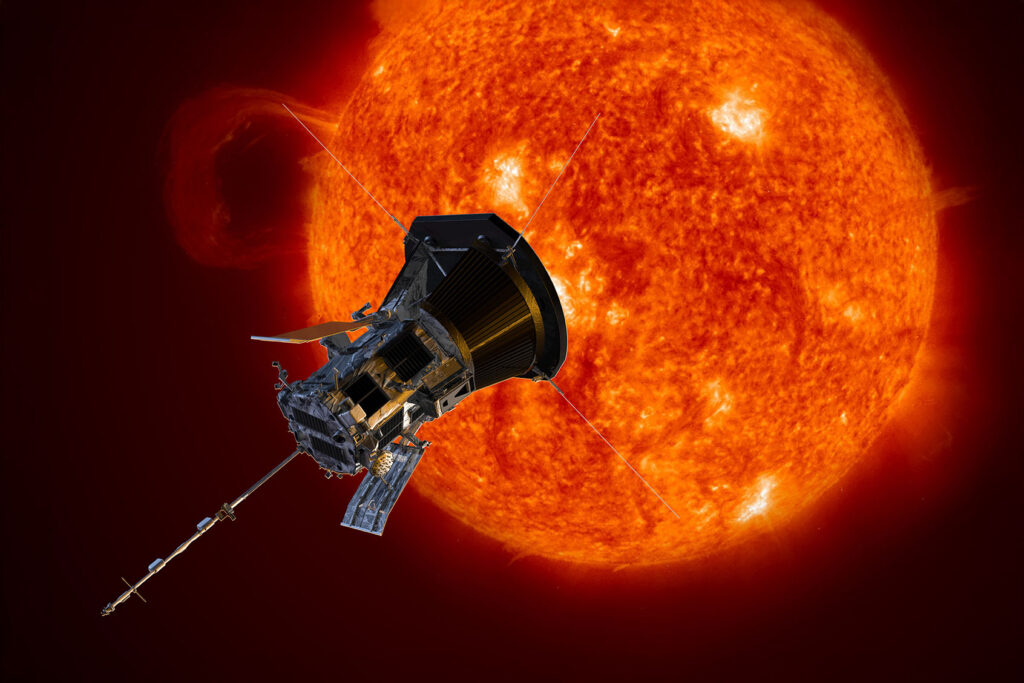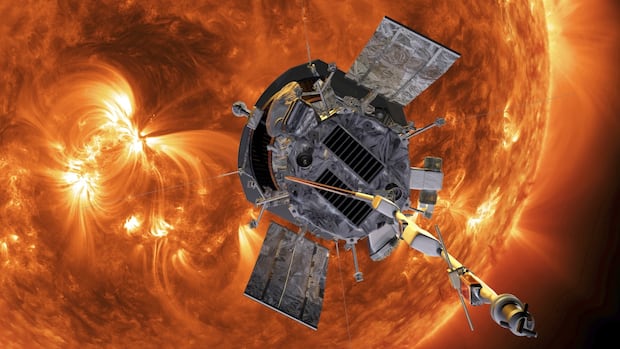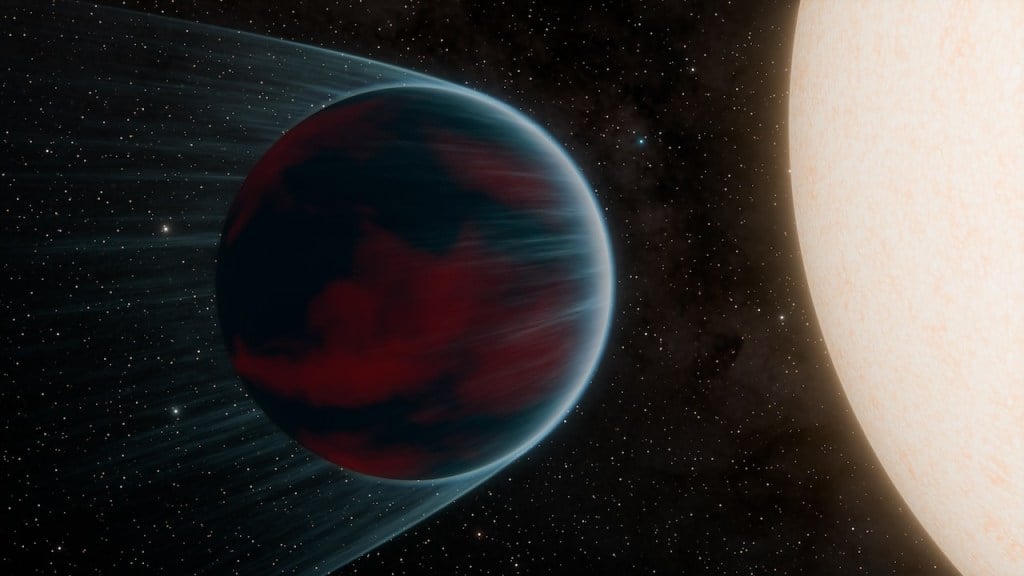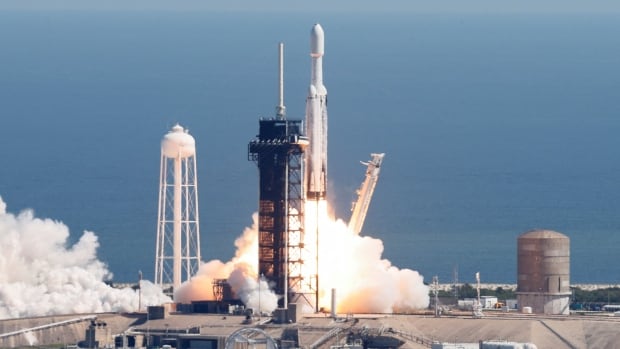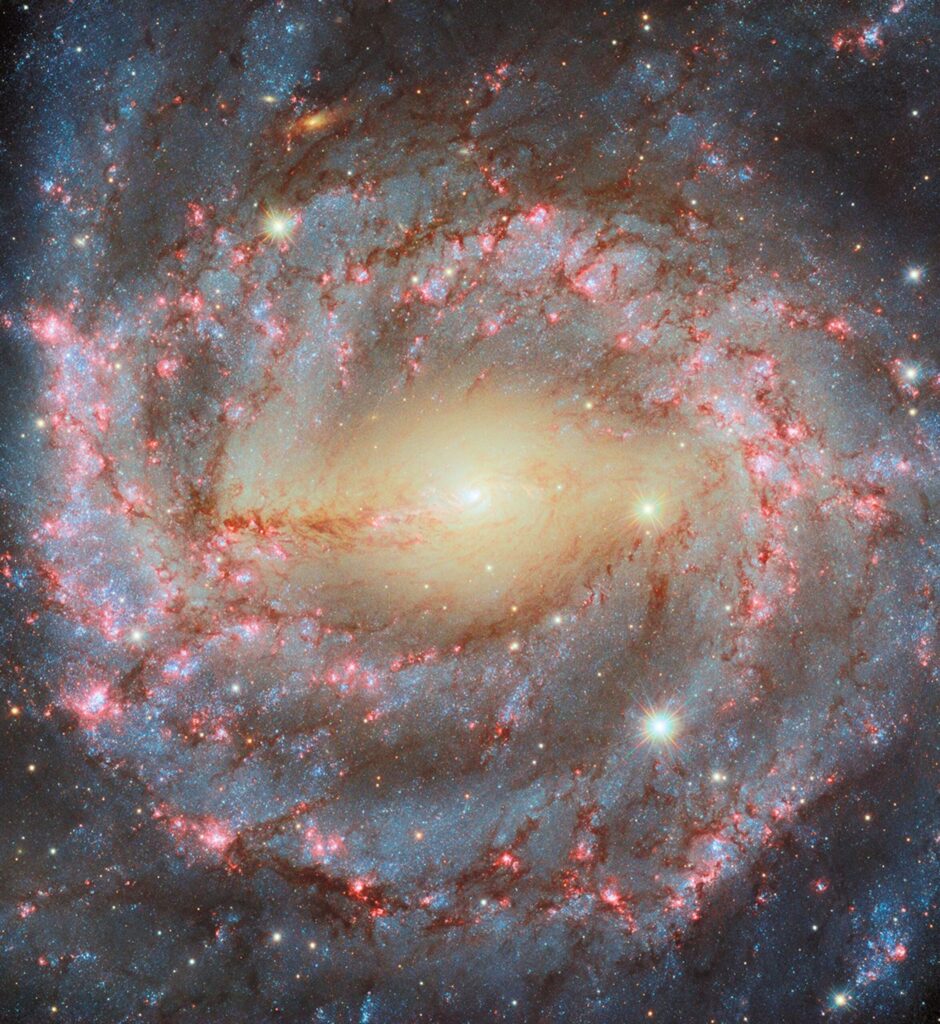NISAR planned to launch in March 2025 after antenna repairs


NISAR was previously scheduled to launch in the spring of this year, but NASA announced in March that it would delay the launch to make repairs to the spacecraft’s 12-meter deployable reflector used by its main radar instrument. Engineers concluded that the reflector would get warmer than expected when in orbit immediately after launch while still stowed. Those repairs required shipping the antenna from India to California.
NASA completed those repairs by October, shipping the antenna back to India on a C-130 aircraft. The agency said then that NISAR would launch in early 2025 but was not more specific. NASA had said in July that the launch could not take place between October 2024 and February 2025 because the launch would place the spacecraft into an orbit with “periods of alternating sunlight and shadows” that would create temperature fluctuations affecting the reflector’s deployment.
Bawden said the issue with the antenna was discovered during tests of the spacecraft in a thermal vacuum chamber. “Some of the temperatures were higher than we expected them to be,” he said, “so what we decided to do is remove the reflector from NISAR and bring it back to the United States.”
The fix to the reflector, he said, involved placing strips of reflective tape on rods in the reflector that were black. “We are set now with NISAR,” he said. “The hardware is completely checked out.”
The spacecraft is in storage for two reasons. One is to wait until the eclipse period ends Feb. 8. The second is that the launch pad at India’s Satish Dhawan Space Centre that will be used for the Geosynchronous Satellite Launch Vehicle (GSLV) launching NISAR must first support another GSLV launch of a navigation satellite, NVS-02.
The NVS-02 launch is currently scheduled for mid-January. “Once it launches, it’s going to take six to eight weeks to refurbish the launch pad” before NISAR can launch, he said. The mission is currently targeting a launch no earlier than late March.
NISAR is a joint mission by NASA and the Indian space agency ISRO that will fly L- and S-band radars for global mapping of land and ice. The radars on NISAR will be capable of advanced radar imaging to support a wide range of Earth science needs, from measuring the flow rates of glaciers to volcanic activity. Bawden said science operations should begin about three months after launch.
NISAR also represents one of the biggest collaborations between NASA and ISRO to date, with NASA spending more than $1 billion in formulation and development of the mission. NASA is providing an L-band radar and engineering payload, while ISRO is providing the S-band payload, spacecraft bus and GSLV launch vehicle.

Jeff Foust writes about space policy, commercial space, and related topics for SpaceNews.He earned a Ph.D. in planetary sciences from the Massachusetts Institute of Technology and a bachelor’s degree with honors in geophysics and planetary science



 Hot Deals
Hot Deals Shopfinish
Shopfinish Shop
Shop Appliances
Appliances Babies & Kids
Babies & Kids Best Selling
Best Selling Books
Books Consumer Electronics
Consumer Electronics Furniture
Furniture Home & Kitchen
Home & Kitchen Jewelry
Jewelry Luxury & Beauty
Luxury & Beauty Shoes
Shoes Training & Certifications
Training & Certifications Wears & Clothings
Wears & Clothings








